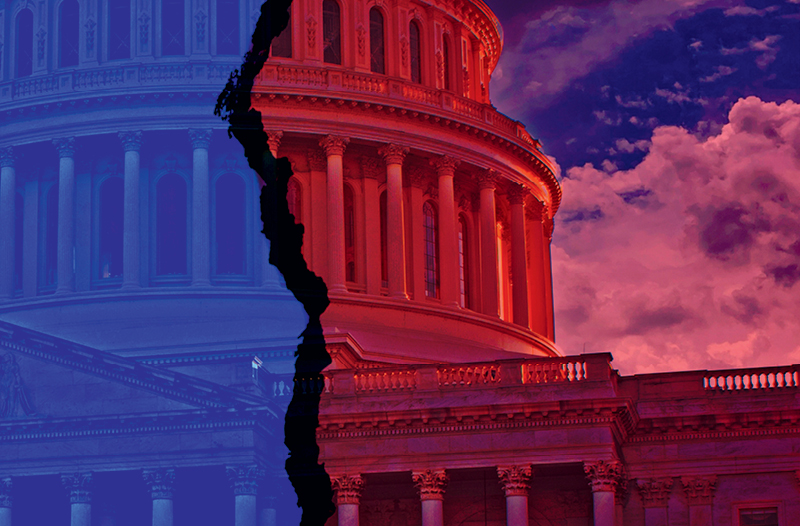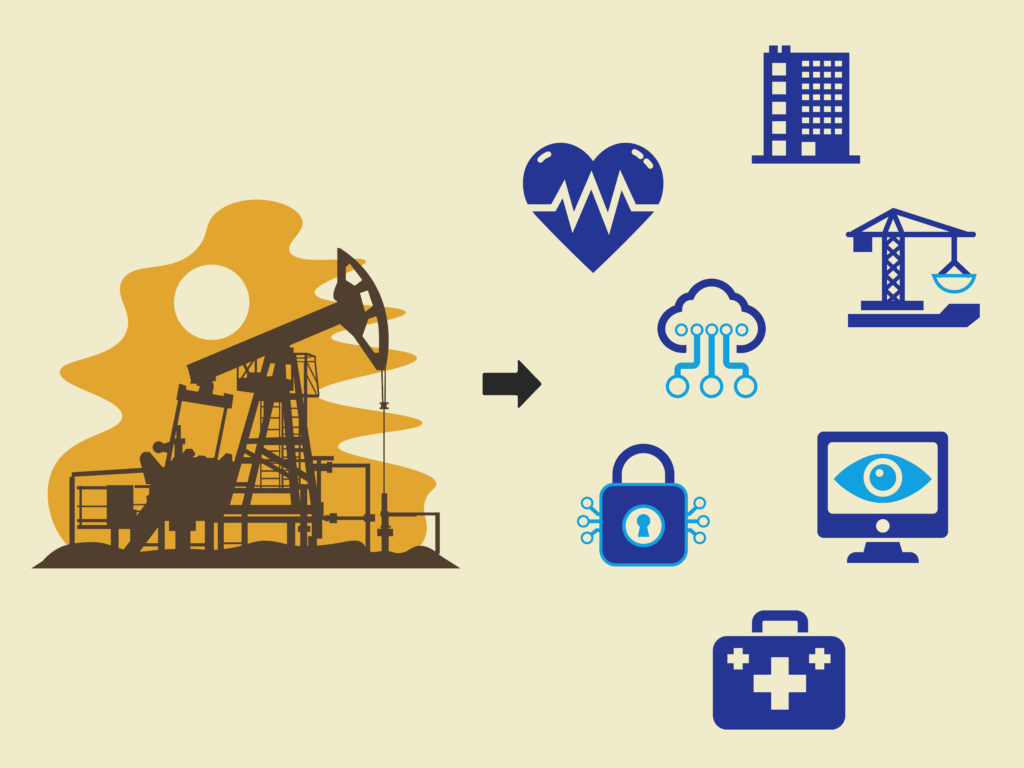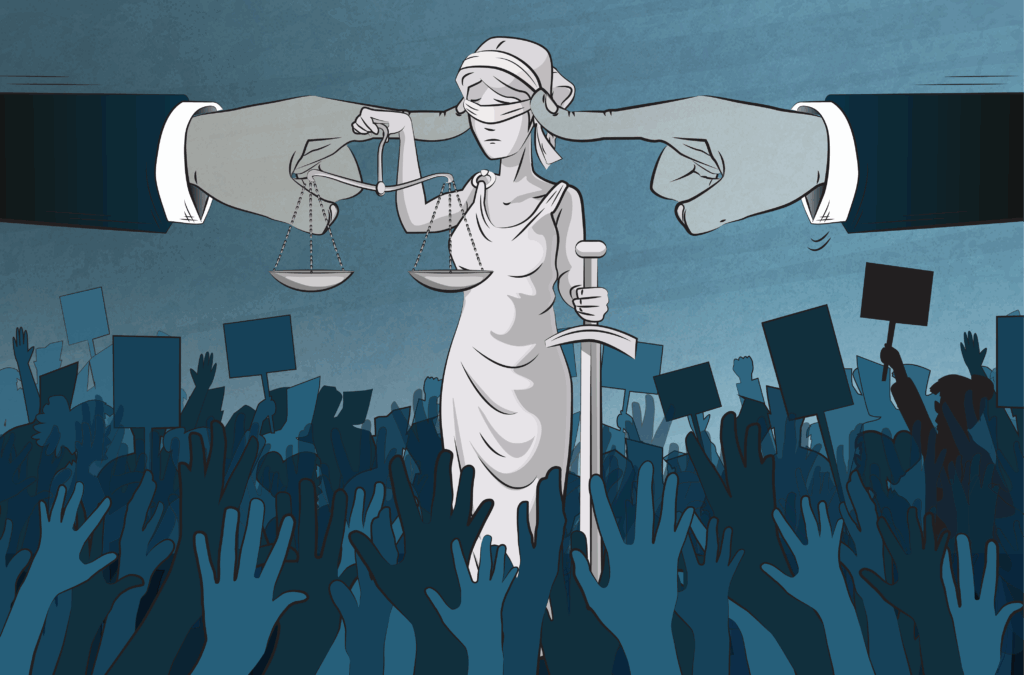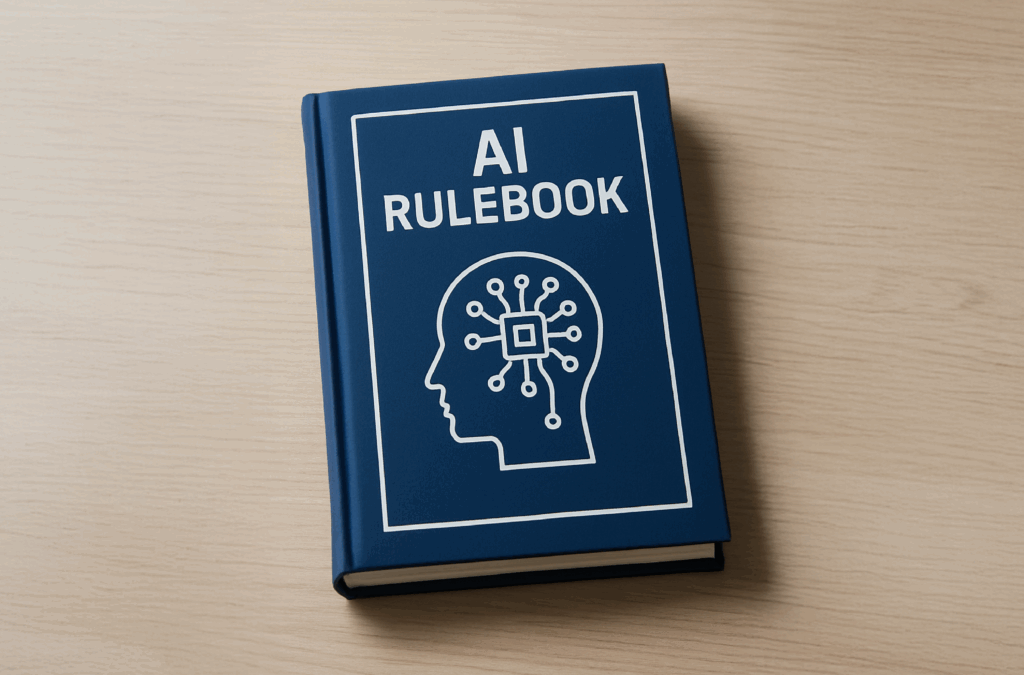
Economists Remain Dubious on Trump Trade Moves

President Donald Trump’s trade philosophy, dubbed “America First,” rests on the premise that raising levies on imports to the United States will pressure domestic and foreign companies to build or enlarge factories in this country.
By decreasing reliance on foreign producers and suppliers, domestic manufacturing will revive, new jobs will emerge, consumers will buy more American goods, and the nation’s trade deficit will shrink.
In launching America First, the president established a minimum 10% tariff on nearly all U.S. imports and higher reciprocal tariffs on 57 countries that have a substantial trade surplus with the United States. The threat of such significant levies, including a 145% tariff imposed on China, compelled more than 50 countries to engage in trade negotiations with the United States, administration officials claimed. Among them was China, which agreed to a 30% baseline tariff on imports to the United States as part of the countries’ 90-day truce.
Economists remain frustrated and skeptical about the president’s tariff threats and compromises. I reached out to five Ph.D. economists I’ve interviewed many times over the years to discuss the situation: William Dickens, distinguished professor emeritus of economics and public policy at Northeastern University; Laurence Kotlikoff, William Fairfield Warren professor of economics at Boston University; Ernest Goss, Jack A. MacAllister Chair in Regional Economics at Creighton University; Stephen Fuller, professor emeritus for the Schar School of Policy and Government at George Mason University; and Robert Hartwig, director of the Risk and Uncertainty Management Center at the University of South Carolina.
Their separate interviews have been condensed in the following Q&A, which has been edited for clarity and concision.
WILLIAM DICKENS: Basic economic theory posits that if one country puts a high tariff on another country’s imports and that country doesn’t retaliate in kind, the first country has a comparative advantage since its companies can produce a good less expensively. But that only happens if the other country does not retaliate. As we saw in Trump’s first round of tariff increases, other countries imposed their own “tit for tat” tariffs on American imports.
STEPHEN FULLER: My problem with Trump’s sky-high tariffs at the outset is the consequences they produced. Investors were indecisive, the stock markets fell off a cliff, and consumers were afraid to look at their 401(k) portfolios. If there is no clear path, there are no confident decisions. You may announce you’re going to build a factory, but you’re likely not going to spend capital until the reasons for doing it are relatively reliable.
ROBERT HARTWIG: The high tariffs made foreign countries more willing to sit down and renegotiate their trade agreements with the U.S., but what gives me pause is the actual pause. It’s impossible for Trump to reach trade agreements with hundreds of countries in 90 days. If he doesn’t get what he wants, will he simply announce another set of ridiculously high tariffs?
LAURENCE KOTLIKOFF: The president hopes that U.S. companies will export more than we import by having more production domestically. But the fact is that a lot of production will still require intermediate inputs from abroad to make a product. As the links in the global supply chain change, significant modeling is needed, probably in real time. That’s not easy if the landscape keeps changing.
ERNEST GOSS: Let me start by saying that there’s a reason why baseballs are produced in Costa Rica: the cost advantages of making baseballs in Costa Rica are higher than they are by making them in the U.S. My point is that reshoring, particularly if it is indirectly imposed as opposed to an entrepreneur creating a new company domestically, is not a “win-win.”
FULLER: Labor is expensive and isn’t particularly of high quality in the U.S. Chinese workers are not only paid one-quarter what U.S. workers are paid, they’re higher quality. They used to be low quality, but that is no longer the case. Raising tariffs 25% or 150% won’t do anything to get our edge back. Workers recently laid off in the federal government aren’t high-quality manufacturing workers.
DICKENS: Where are the workers going to come from? We are very near full employment. Will tariffs go up or down tomorrow? The next day? What retaliation is likely? Who is going to want to build anything in the current environment? Nevertheless, I will say that if things settle down and stay that way, I can see the possibility of some benefits coming from the tariff regime, but even then, the costs, which include labor, will considerably outweigh the benefits.
KOTLIKOFF: Many government services are inefficient, but will the private sector be able to keep expenses low and not provide the same inferior services? I just don’t see an intelligent plan out there for doing something better. Wages are likely to be the same. The issue is not whether services are private or public but how they can be provided more efficiently.
It could be done, but it would require a real vision on how to modernize them.
FULLER: The federal government typically provides services that aren’t economically justifiable for the private sector to supply. No way that the private sector is going to step in and do what USAID did. Anything that has a social benefit will be hard to monetize in the private sector. Space launches are an exception, but only if the government is paying the way. If NASA’s budget is cut for scientific exploration, they’re not going to be buying.
DICKENS: I don’t buy the libertarian approach that government is inherently inefficient because there are no checks on it. I’ve worked for the government and don’t believe that for a second. If, however, parts of the government are privatized, then the private enterprises that are handed these services are being given a sinecure, unless there is competition to produce market discipline. Otherwise, it’s monopolistic.
HARTWIG: The privatization of large swaths of the U.S. government over the next four years is unlikely. However, it is possible that the USPS and NASA, for instance, could see increased private sector involvement. For the wider variety of government enterprises, there’s no reason for private-sector partnerships.
KOTLIKOFF: If U.S. exports decrease because of retaliatory tariffs, there will be less demand for insurance. Assuming fewer workers in the federal government and more automated manufacturing facilities that also require fewer workers, there might be less need for accident and liability insurance products.
FULLER: Negative effects attributable to tariffs and the trade war could trigger a recession later this year or in 2026, with negative consequences for the insurance industry. As companies cut costs or go out of business because their supply chain is severely disrupted, they no longer need insurance.
HARTWIG: It’s hard to identify much in the way of net new investments in the U.S. that would have a material, beneficial, and lasting impact for property and casualty insurers. Even if the tariffs incentivize domestic companies to reshore or expand to some extent, higher levies imposed on foreign countries will raise prices and reduce the consumption of every good that has a tariff tax imposed upon it.
GOSS: The Trump administration and DOGE have emphasized that there will be less support from the federal government for crop insurance, which should provide opportunities for private insurers to enter that market more fully. The federal government has less interest in supporting anything to do with climate change; [the Federal Emergency Management Agency] is a case in point. In a way, FEMA is almost an insurance organization, offering the opportunity for it to be replaced by private insurance. The question is whether insurers and their shareholders will be comfortable providing [disaster relief] coverage.
HARTWIG: As we move forward, there will be increased focus on the midterm elections. Members of Congress will emerge from underneath the rocks they’ve been hiding under and make the case that we need to pivot in a new direction, in terms of economic policy.
KOTLIKOFF: If we go back to the initial phase of high tariffs, which I hope is not the case, the economy is headed for a recession. The U.S. will become isolated from the rest of the world.
DICKENS: If negotiations fail and retaliatory tariffs commence, the reliability of the U.S. as an ally four years from now will be compromised. Our security as a nation will be undermined and nothing less than a complete repudiation of Trumpism will ensue.




